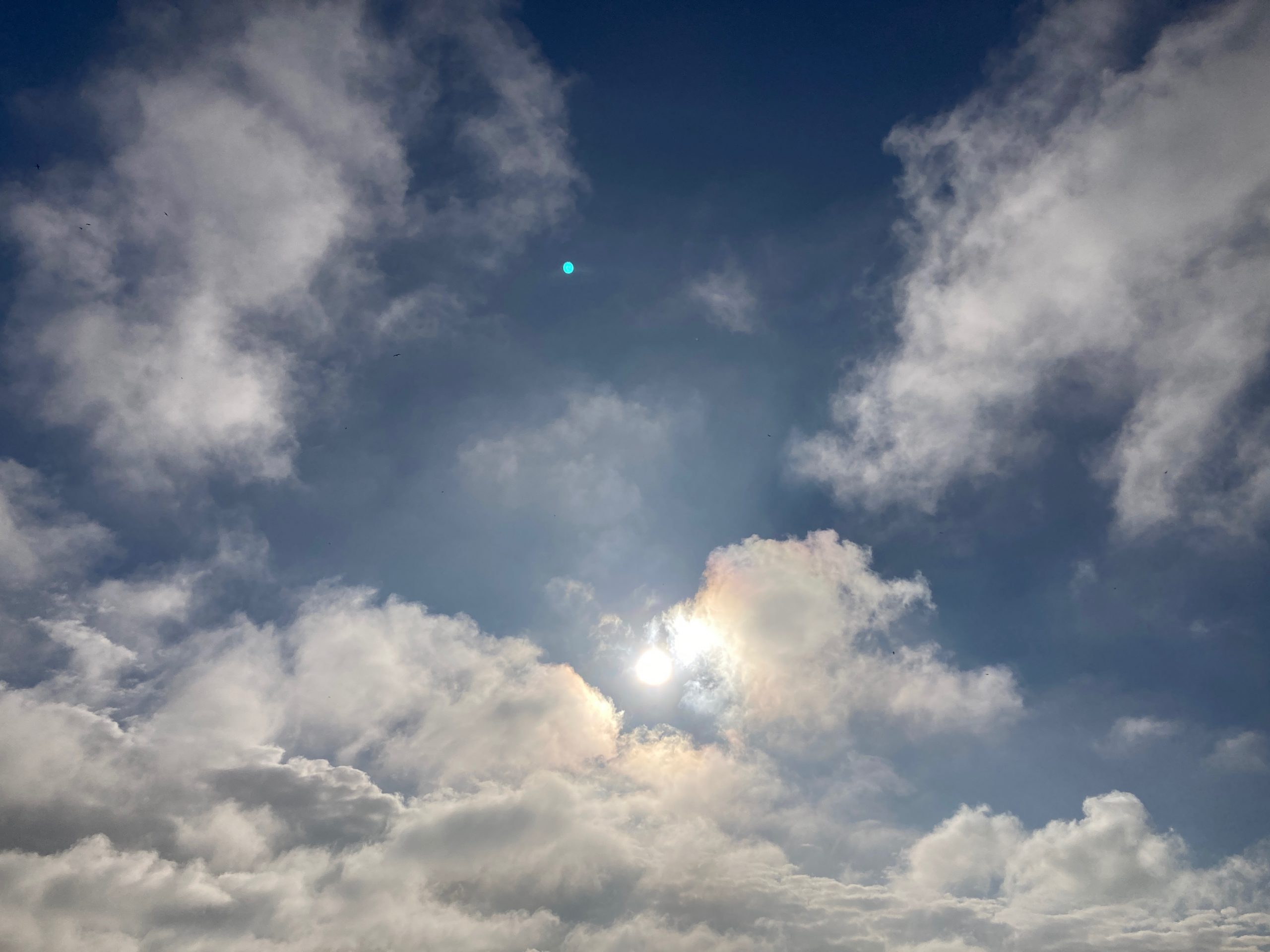A third day of sunshine brightened the beginning of the weekend, drenching the puddling lakes of Wanstead Flats and everyone in their midst in rejuvenating light. My youngest son was beyond excited to see his best friend for a paddle/walk. The serpentine, water-filled trenches carving through the humps of grass, yarrow and cleavers reflected the brightness of the sun and echoed their laughter.
I felt genuinely happy to be meeting my one of my favourite people too. Two walks in two days with two dear friends who lift my spirits no matter what the weather or despite what this Covid business can throw at us. I feel like we’re all floating on rafts at the moment, riding storms and equally affecting flat spells of never-ending, landless horizons. When the sun comes out though, it’s like a balm. I feel like an unfurling flower. I want to stand in it forever and photosynthesise my stores of hope.
Back at home, I take a tour of the garden to see if the snowdrops I planted in autumn have lifted their sleepy heads yet from the soil. Apparently it’s better to plant them ‘in the green’ when they are in leaf and flower – around now – to give them a stronger root structure. I’m going to order a few clumps to see which ones fare best.
The clay soil is so sodden underneath the rowan and wild serviceberry trees that I’m worried all the bulbs and corms I punctuated it with are rotting. I did dig big enough holes and add compost but perhaps should have included gravel at the bottom and some sand. I can definitely see signs of growth, including a couple of tiny single snowdrops in adjacent pots, but unsure which plant is which until the leaves become more apparent. There are hopefully also crocuses, narcissi, wood anemones and dwarf irises to come followed by tulips, larger irises and various alliums.
The promise of alliums in particular reminds me that I need to respond to a request from Gardens Illustrated for my opinion on this year’s rescheduled Chelsea Flower Show from 18–23 May to 21–26 September (see info >). I’m personally excited about the prospect given that many of my favourite flowers are either in bloom or metamorphosing into spectacular seedheads around that time.
White and pink saucer-petalled Japanese anemones rising from dark green clusters of palmately lobed leaves; the last of similarly coloured cosmos, their fragile slightly frilly-edged petals nodding among feathery foliage; light-catching common (green leaved) and bronze fennel (bronze-leaved) transforming from umbels of golden-pollen to heads heavy with sweet anise-tasting seeds; jewell-coloured dahlias jostling for border space – my favourites are the pollinator-friendly single petalled variety such as ‘Bishop of Auckland’ or ‘Mexican Star’ mingled with the bashfully glamorous blushing bride of a dinnerplate dahlia known as ‘Cafe Au Lait’; majestic globed seedheads of allium and agapanthus; and leggy Verbena bonariensis throwing its purple-flowered, sky-scraping stems through it all.
Late September is also one of my most energising times of year, when lowering afternoon sun streams golden through windows and sets grasses ablaze with light. A back to school time of year when you reconnect with friends, share stories of the summer and still stay out late but appreciate the odd crisp morning, the turning leaves, and a fireside soiree.
I think it’s an exciting turn of events for the event, which celebrates its 108th year (99th of actually taking place, as it was cancelled for two years during World War I and seven years during World War II). Change can be overwhelming at first but in terms of creativity it always presents opportunity to try something new, reflect different perspectives and shift the paradigm.
Chelsea Flower Show gardens are always inspiring but can sometimes feel so perfect and unattainable, the focus very much on budding blooms, lush foliage and prize-winning veg. A utopian vision of gardening. A little how we all feel in spring. This is what hope looks like.
Autumn, however, is a season on the turn. Still blooming but with an energy directed to seeds amid the first tinges of decay. There’s room for a Wabi-sabi approach, a celebration of all the vital elements of nature’s lifecycle, the beauty of transformation and imperfection. This is what hope feels like.
I for one, can’t wait to see what the change brings, if only for one year.

